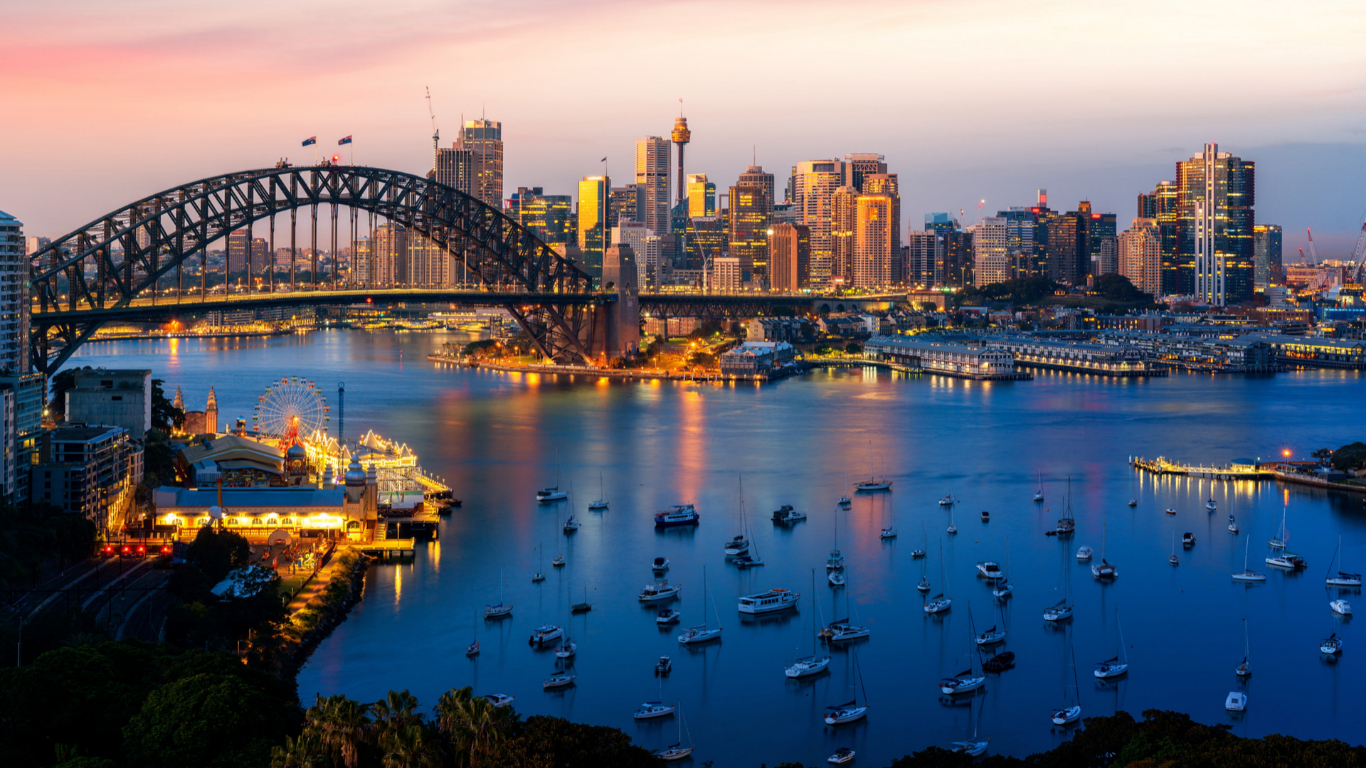Tourism in Australia
Tourism in Australia is an important part of the Australian economy, and consists of domestic and international components. In the financial year 2014/15, tourism represented 3.0% of Australia’s GDP contributing A$47.5 billion to the national economy. In 2019, the contribution was a record $44.6 billion. Domestic tourism is a significant part of the tourism industry, representing 73% of the total direct tourism GDP. The Covid-19 pandemic impacted international tourist arrivals as Australia closed its borders in March 2020, but relatively low levels of cases in some regions of the country meant that domestic travel was still possible.
In the calendar year 2015, there were 7.4 million international visitors in Australia, and 8.6 million in the year to June 2019, an increase of 3%. Tourism employed 580,800 people in Australia in 2014–15, 5% of the workforce. About 43.7% of persons employed in tourism were part-time. Tourism also contributed 8.0% of Australia’s total export earnings in 2010–11.
Popular Australian destinations include the coastal cities of Sydney, Brisbane and Melbourne, as well as other high-profile destinations including regional Queensland, the Gold Coast and the Great Barrier Reef, the world’s largest reef. Uluru and the Australian outback are other popular locations, as is the Tasmanian wilderness. The unique Australian wildlife is also another significant point of interest in the country’s tourism.

